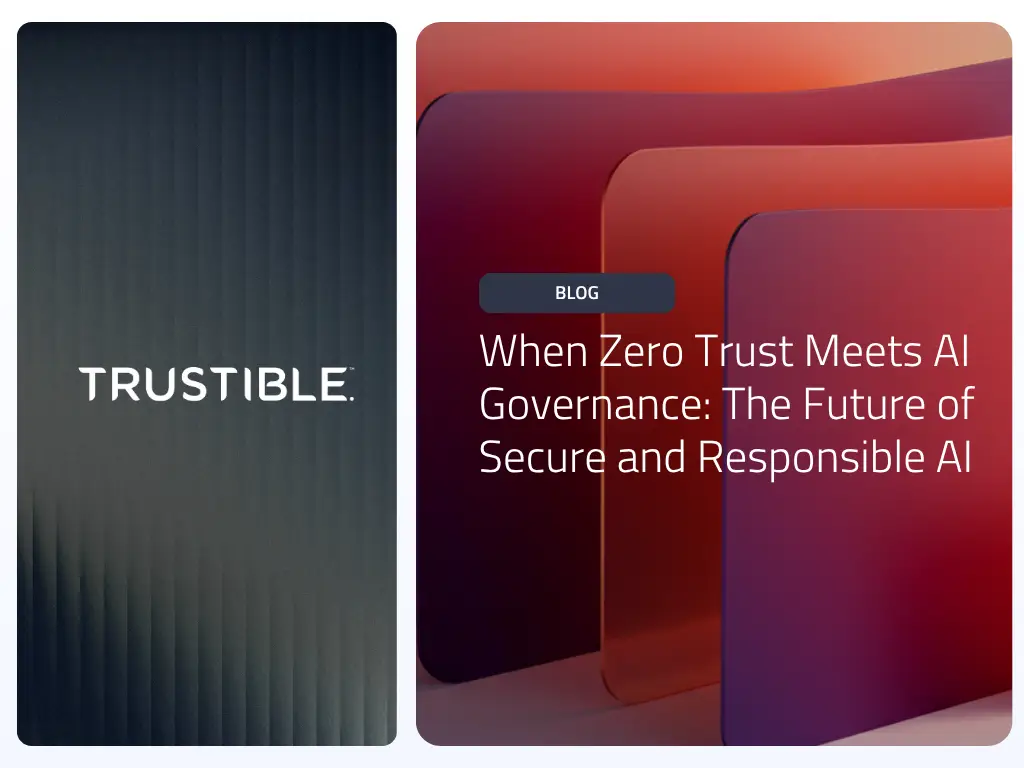In our new white paper, we discuss how AI governance professionals, and their organizations, can apply an actionable and flexible framework for evaluating ethical decisions for AI systems.
Many organizations talk about Ethical AI, but many struggle to define it clearly. They often settle on sets of high level principles or values, but then struggle to operationalize those philosophies. This gap between high level principles such as ‘safety’, ‘transparency’, and ‘fairness’ complicates how teams can answer the question: ‘Is it ethical to create/deploy a specific AI product or service?’
At Trustible, we work with the teams charged with operationalizing ethics into AI governance for their organizations. One of the most common challenges we hear is, “how should we come up with an enforceable framework for ‘ethical’ AI use cases?” This is increasingly becoming a concern because of upcoming regulations like the EU AI Act, as well as ISO 42001 standard, require algorithmic impact assessments to examine the ethical dimensions of AI use.
We have created a framework for thinking about applied ethical AI use to support our customers in this journey and help them begin to consider how to address this operationalization challenge. This framework aims to be a useful tool to help organizations create and translate their principles into actionable rules, identify the impacted stakeholders groups, and help frame key tradeoff decisions about benefits vs harms. We call it an ‘applied ethics’ framework because ML teams are actively facing ethical challenges on a daily basis and need a clear set of principles to ensure they are maximizing benefits and minimizing harms.
Our framework is customizable for different organizations based on their own risk tolerance, industry, and the type of organization using it. For example, what is ‘ethical’ for a private company to do with AI may not be ethical for a government agency, and vice-versa. Similarly, cultural traditions or domain specific standards can vary widely. Our framework provides flexibility in how stakeholders are identified, how to weigh specific kinds of benefits and harms, and how to compare the benefits to the harms. Our framework can also be adapted and applied at multiple points in the AI lifecycle, each time taking into account additional information about the AI system, the likelihood of benefits or harms being realized, and its actual impact(s).
Our framework is structured into 3 primary parts: (i) identifying the relevant stakeholders; (ii) outlining potential benefits and harms; and (iii) establishing guidelines for balancing the benefits against the harms. We cover each below, as well as some of the clear limitations of our approach.


